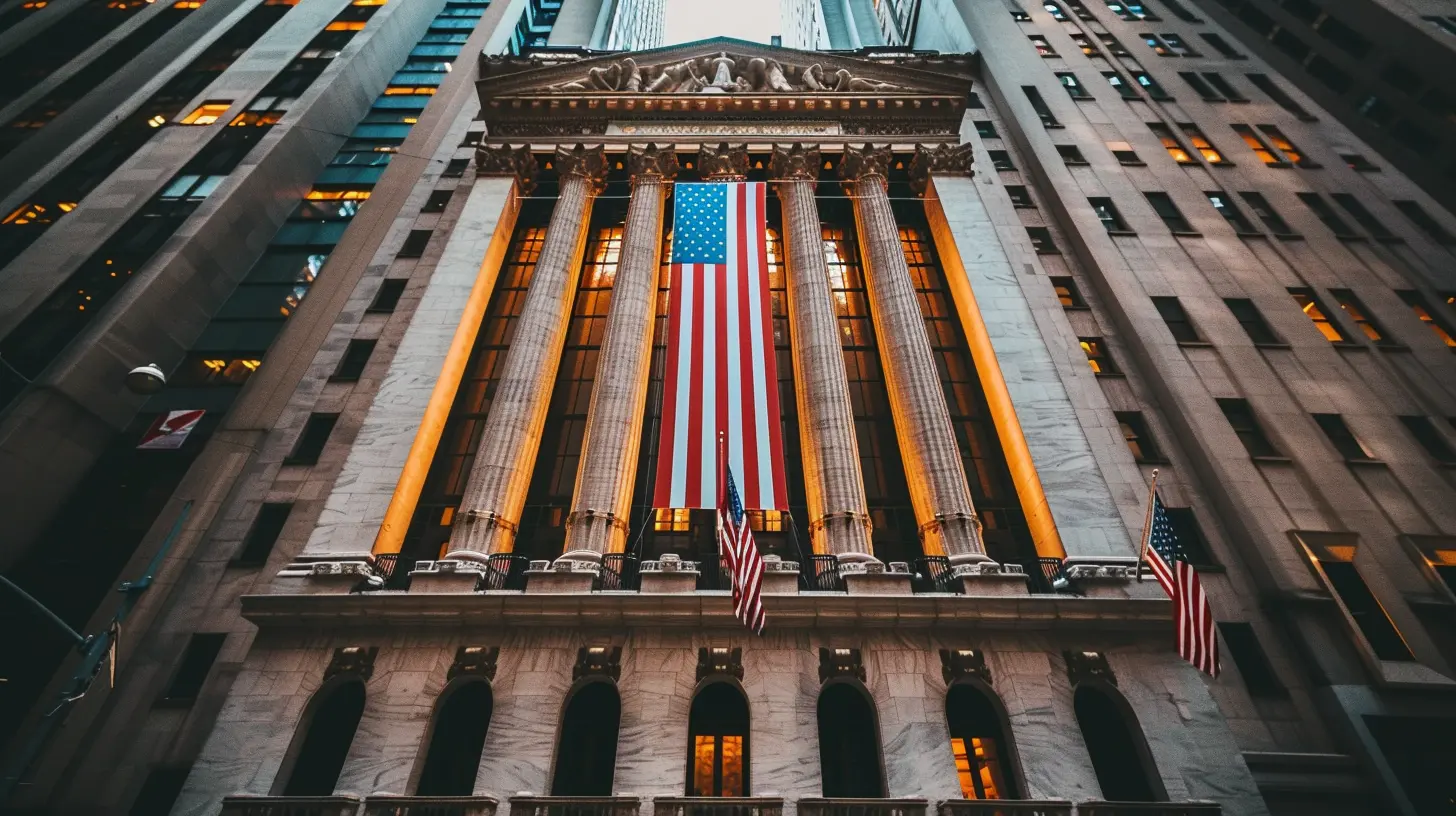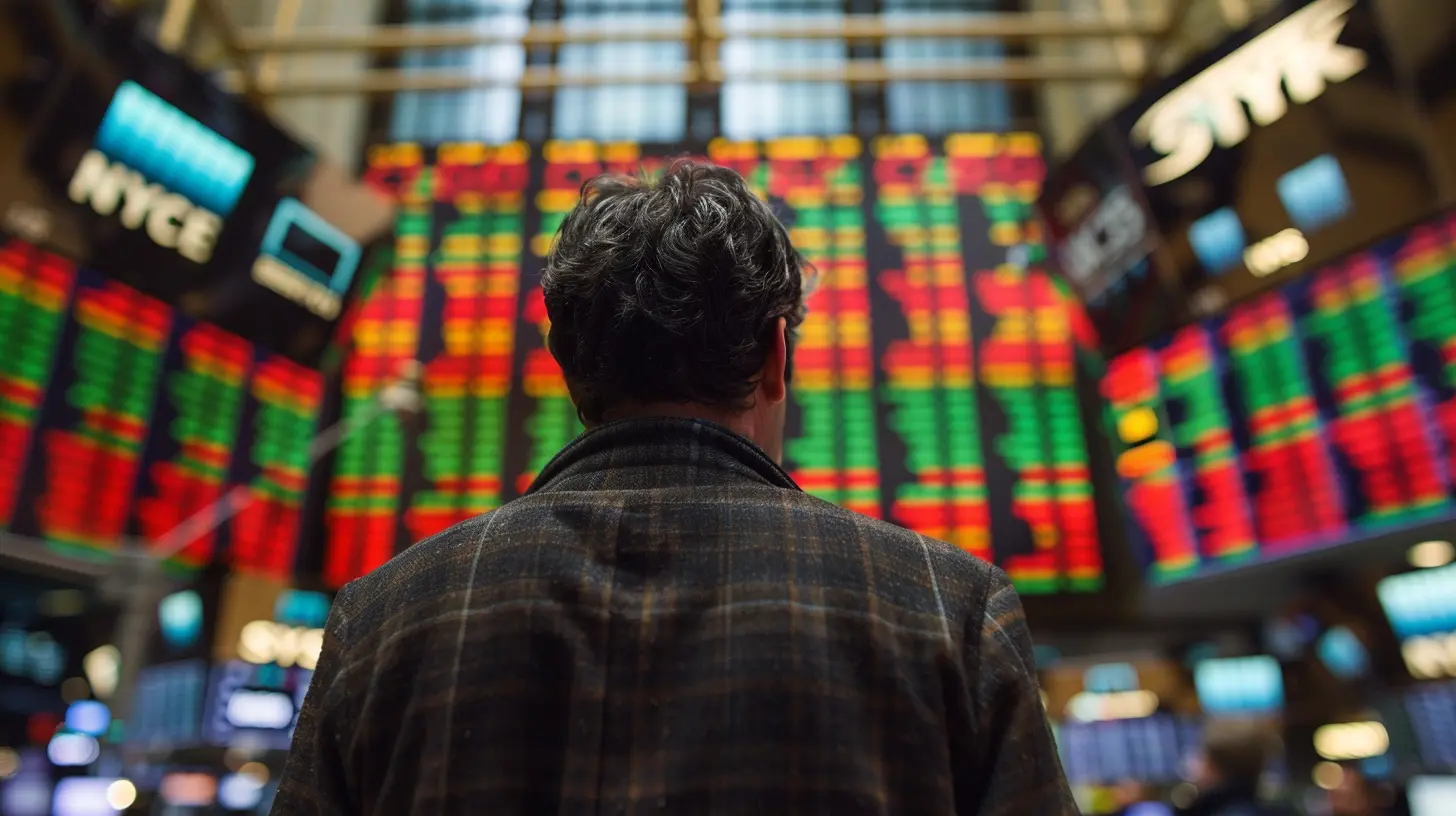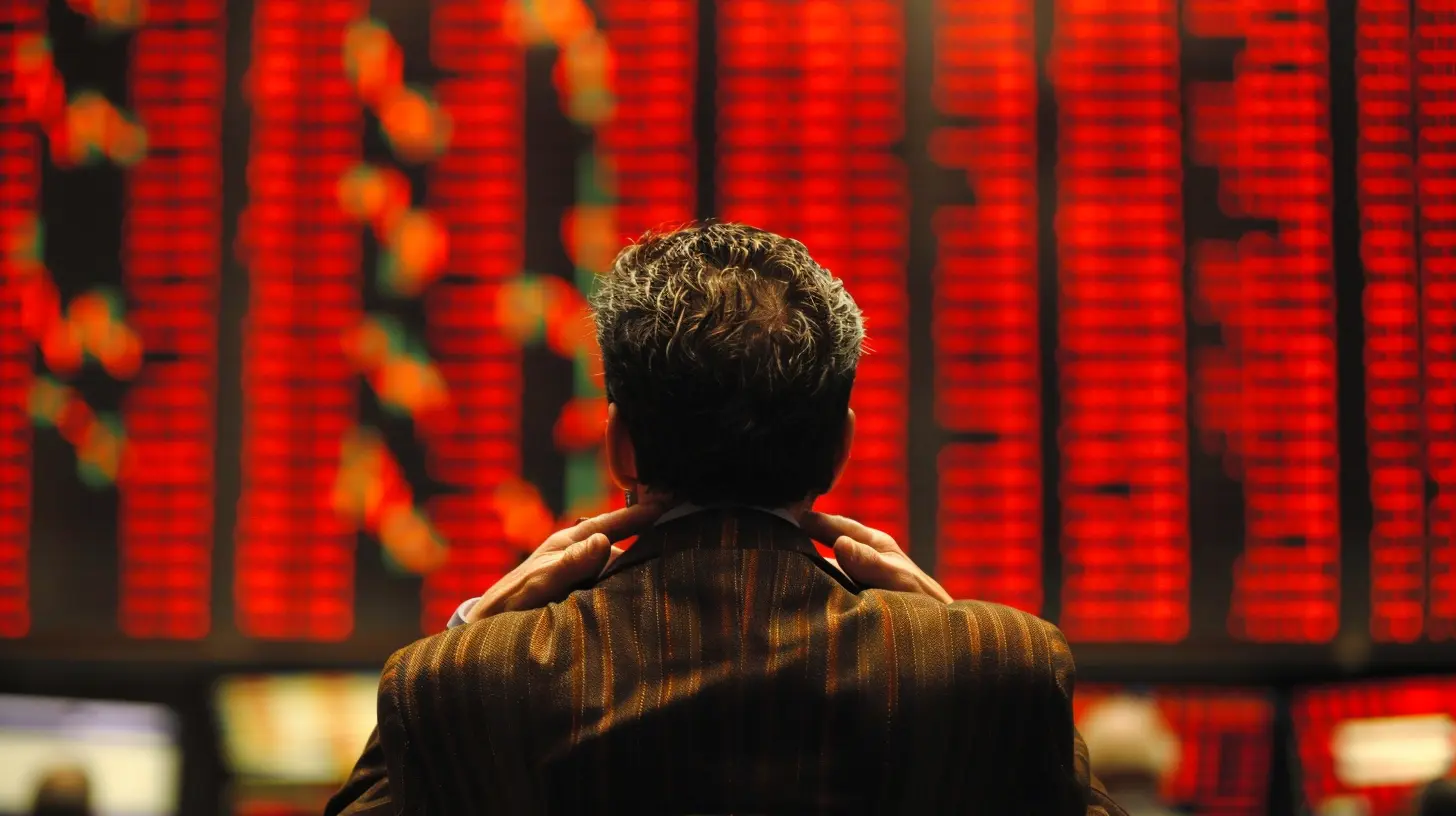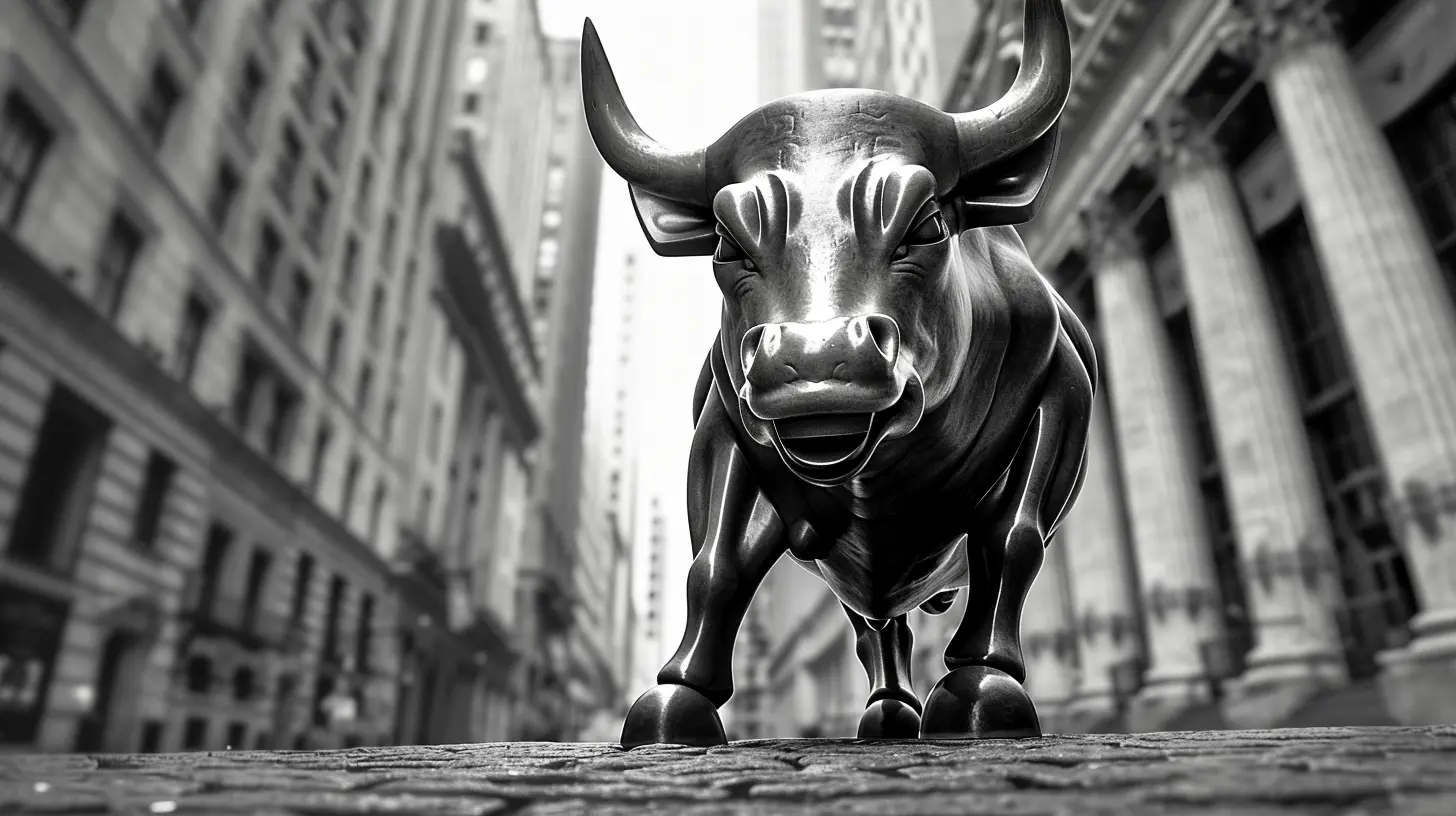How to Harness Stock Buybacks to Your Advantage
13 November 2025
Stock buybacks. You’ve probably heard the term tossed around by talking heads on financial news or seen it buried in headlines about your favorite tech giants. But what do they actually mean for you as an investor? Are they good, bad, or just background noise?
Let’s break this down in plain English and figure out how you — yes, you — can use stock buybacks to boost your financial game.
What Is a Stock Buyback, Anyway?
Think of a stock buyback like this: Imagine a pizza that’s been sliced into 8 equal parts. Let’s say that pizza represents a company and each slice is a share of its stock. Now, if the company buys back 2 slices and throws them away (puts them back in the oven, so to speak), there are only 6 slices left. But the whole pizza is still the same size. That means each remaining slice is suddenly bigger — more valuable.That’s essentially what a stock buyback is. The company uses its cash to repurchase its own shares from the public market, reducing the number of shares in circulation. Fewer shares mean each remaining one represents a larger piece of the pie. Simple logic, right?
Why Do Companies Buy Back Their Own Stock?
Companies don’t just wake up one morning and throw their cash at their own shares for fun. There’s usually strategy behind it. Here are a few of the main reasons:1. Boosting Share Prices
One of the most obvious reasons. Fewer shares = higher earnings per share (EPS), which can often = higher stock prices. It’s Economics 101 meets Wall Street math.2. Signaling Confidence
When leaders of a company believe their stock is undervalued, they might buy it back to signal their confidence in the company’s future. It’s the financial equivalent of saying, “We’ve got this.”3. Better Use of Cash
Sometimes companies have extra cash just sitting around. They could pay dividends, invest in growth, or — you guessed it — buy back stock. If they don’t see great investment opportunities or want to avoid committing to regular dividends, buybacks can be a tidy option.4. Offsetting Dilution
When companies issue new shares (like through employee stock options), it can dilute existing shareholders. Buybacks can help offset this by reducing the total shares outstanding.
How Stock Buybacks Affect Your Investments
Alright, so you know what a buyback is and why companies do it. Now let’s get to the juicy part: what’s in it for you?1. Increased Share Value
When a company buys back shares, it can drive up the stock price. That’s good news if you already own the stock. Think of it as your share getting a little polish and shine.2. Improved EPS
Earnings per share often get a bump since profits are divided among fewer shares. That makes the company look stronger on paper and can attract more investors — more demand means potentially higher prices.3. Tax Efficiency
Compared to dividends, which are taxed as income, buybacks are more tax-friendly. You don’t pay taxes unless you sell your appreciated shares. That gives you more control over when — and how much — you’ll owe Uncle Sam.4. Stronger Long-Term Performance
Studies have shown that companies that frequently buy back shares often deliver stronger long-term returns. It's not a guarantee, but it is a pattern worth noting.
When Buybacks Might Be a Red Flag
Not all buybacks are created equal. Sometimes, they can tell you something not so great about a company’s position or leadership. Here’s when you should raise an eyebrow:1. Funding Buybacks with Debt
If a company is borrowing money just to buy back stock, that’s a little like taking out a loan to upgrade your car’s sound system. It might work short-term, but it can wreck you in the long run.2. Covering Up Weakness
Sometimes companies use buybacks to mask declining earnings or performance. A quick boost in EPS from reducing share count doesn’t mean the business is growing — it could just be basic math hiding bad news.3. Overpaying for Shares
Buying back stock might sound smart. But if the stock is overpriced, the company is wasting money. It’s like buying your house back at a premium during a market bubble. Doesn't exactly scream smart investing.How to Spot the Right Buybacks
Here’s where you roll up your sleeves and flex those research muscles. You want to be able to tell a smart buyback from a not-so-smart one. Here’s how:1. Look at the Buyback Strategy
Check if the company has a consistent buyback plan or if it's a one-time move. Consistency often means the company is financially healthy and confident.2. Check How It’s Funded
Scan the financial statements. If a buyback is funded by free cash flow (not borrowed cash), it’s usually a good sign.3. Compare Valuation
Look at price-to-earnings (P/E) and price-to-book ratios. If the stock is undervalued historically and compared to peers, a buyback might really add value.4. Watch Insider Activity
Are the company’s executives also buying shares personally? That’s a big green flag. If they’re selling while the company is buying back, that’s a red flag the size of a billboard.How to Use Buybacks in Your Investing Strategy
Now, let’s get tactical. You’ve got the theory — now here’s how to put it into practice.1. Use Buybacks as a Stock Screener
When researching stocks, look for companies that have a consistent history of buybacks. They’re often shareholder-friendly and disciplined with their capital.2. Track the Buyback Yield
This is kind of like dividend yield, but for repurchases. It’s the percentage of shares the company buys back compared to its total shares outstanding. A 5% buyback yield means the company bought back 5% of its stock that year. Higher can be better — if the fundamentals are strong.3. Balance Buybacks and Dividends
Some investors love dividends. Others prefer buybacks. But you don’t have to choose! Many of the best companies do both. Balance your portfolio with a mix to get income and potential growth.4. Stay Informed with Earnings Calls
Buyback plans are often discussed during quarterly earnings calls. Listen in or read the transcripts to catch management’s reasoning and tone.Real-Life Examples of Smart Buybacks
Let’s put some faces to these concepts. Here are a few companies that have famously used buybacks to their advantage:✅ Apple (AAPL)
Apple has returned hundreds of billions to shareholders through buybacks over the past decade — all while growing earnings and market share. They’ve done it strategically and consistently.✅ Berkshire Hathaway (BRK.A / BRK.B)
Warren Buffett's firm only buys back shares when it believes its stock is undervalued. That's a pretty solid vote of confidence.✅ Microsoft (MSFT)
Microsoft uses a combo of dividends and buybacks, showing its strength in cash flow and commitment to returning value to shareholders.Final Thoughts: Your Game Plan with Buybacks
Stock buybacks can be a powerful signal when you’re choosing where to invest. They can increase the value of your shares, boost key metrics like EPS, and suggest a company is confident in its financial future.But — and it’s a big but — not all buybacks are gold. Some can be flashy distractions from deeper problems. That’s why your due diligence is key. Follow the company’s fundamentals, see how they’re funding the buyback, and be a detective about the timing and reasoning.
Bottom line? When used wisely, stock buybacks can be one more trusty tool in your investing toolbox. So next time you see news of a company announcing a buyback, don’t just scroll past it. Dig in. There might be more value hiding beneath the surface than you think.
all images in this post were generated using AI tools
Category:
Stock MarketAuthor:

Audrey Bellamy

